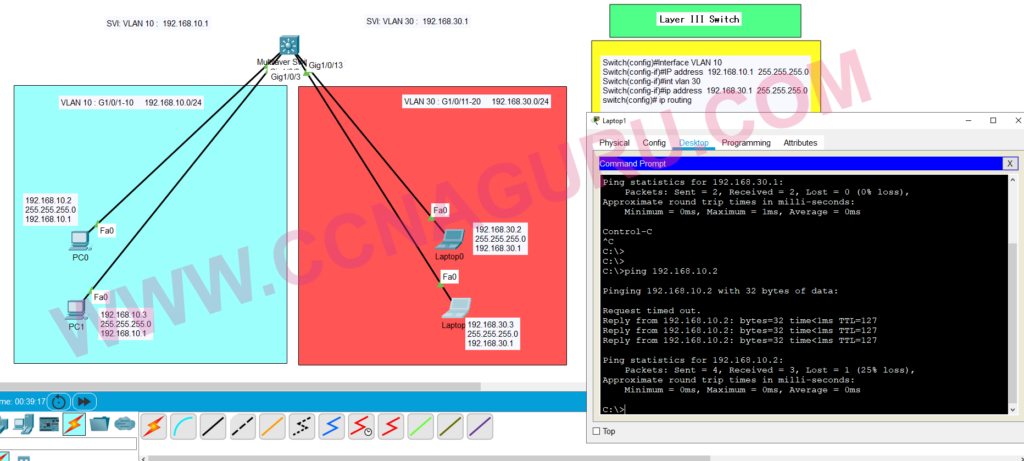BGP (Border Gateway Protocol) is a routing protocol used to exchange routing information between different autonomous systems (AS) in the internet. BGP is essential for ISP (Internet Service Provider) engineers as it allows them to connect their network to other networks, exchange routes, and provide reliable internet connectivity to their customers.
Why BGP is important for ISPs
BGP is important for ISPs for several reasons:
- BGP allows ISPs to connect their network to other networks and exchange routes with them, enabling their customers to reach destinations on other networks.
- BGP provides redundancy and fault tolerance by allowing ISPs to exchange multiple paths to the same destination and choose the best path based on various factors such as path length, AS path, and local preferences.
- BGP supports policy-based routing, which enables ISPs to control the flow of traffic and implement various policies such as load balancing, traffic engineering, and access control.
- BGP supports IPv4 and IPv6, allowing ISPs to transition to the newer IPv6 protocol while still supporting the older IPv4 protocol.
20 BGP Commands Every ISP Engineer Should Know
- show ip bgp summary – Displays a summary of BGP routing information, including the status of BGP peer sessions.
- show ip bgp neighbor – Displays information about BGP neighbors, including their IP address and AS number.
- show ip bgp neighbor detail – Displays detailed information about BGP neighbors, including the state of the peer session.
- show ip bgp community – Displays BGP community information for a specific route.
- show ip bgp dampened-paths – Displays the number of dampened paths for a specific route.
- show ip bgp flap-statistics – Displays BGP flap statistics for a specific route.
- show ip bgp regexp – Displays routes that match a specific regular expression.
- show ip bgp – Displays the BGP routing table for the router.
- show ip bgp route-map – Displays routes that match a specific route map.
- show ip bgp summary | include AS – Displays a summary of BGP information for a specific AS number.
- show ip bgp summary | include Neighbor – Displays a summary of BGP information for a specific neighbor.
- show ip bgp summary | include Network – Displays a summary of BGP information for a specific network.
- show ip bgp summary | include State – Displays a summary of BGP information for a specific state.
- show ip bgp summary | include Status – Displays a summary of BGP information for a specific status.
- show ip bgp summary | include Uptime – Displays a summary of BGP information for a specific uptime.
- show ip bgp summary | include V – Displays a summary of BGP information for a specific version.
- show ip bgp summary | include W – Displays a summary of BGP information for a specific weight.
- show ip bgp summary | include X – Displays a summary of BGP information for a specific attribute.
- show ip bgp summary | include Y – Displays a summary of BGP information for a specific community.
- show ip bgp summary | include Z – Displays a summary of BGP information for a specific route-map.

understanding






